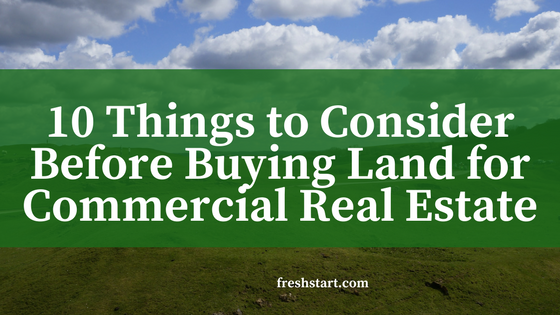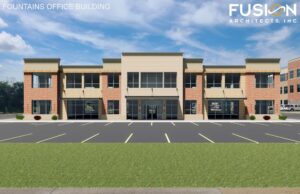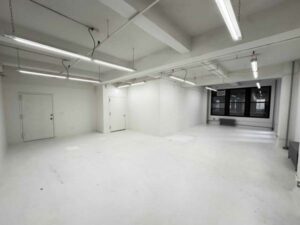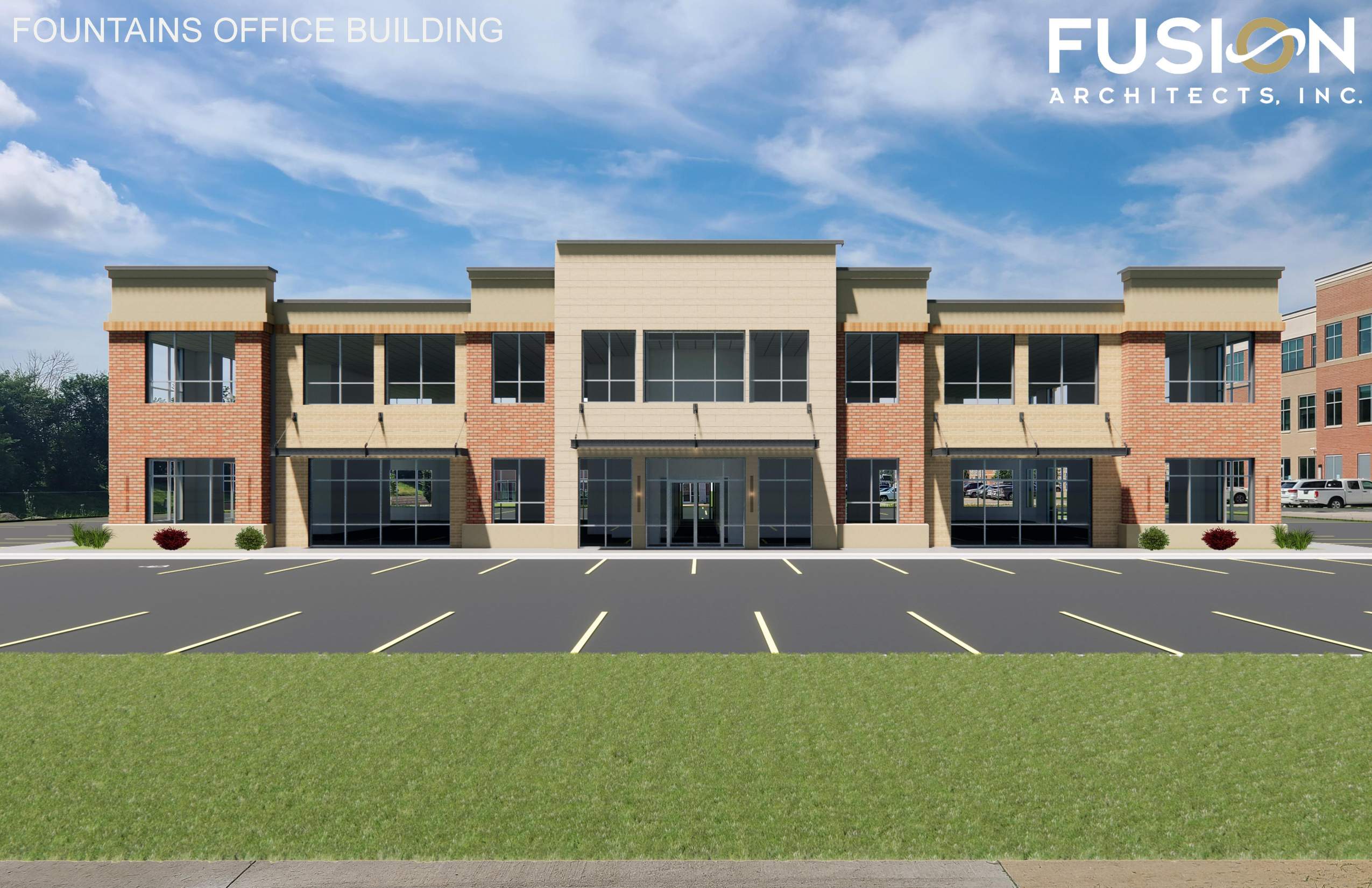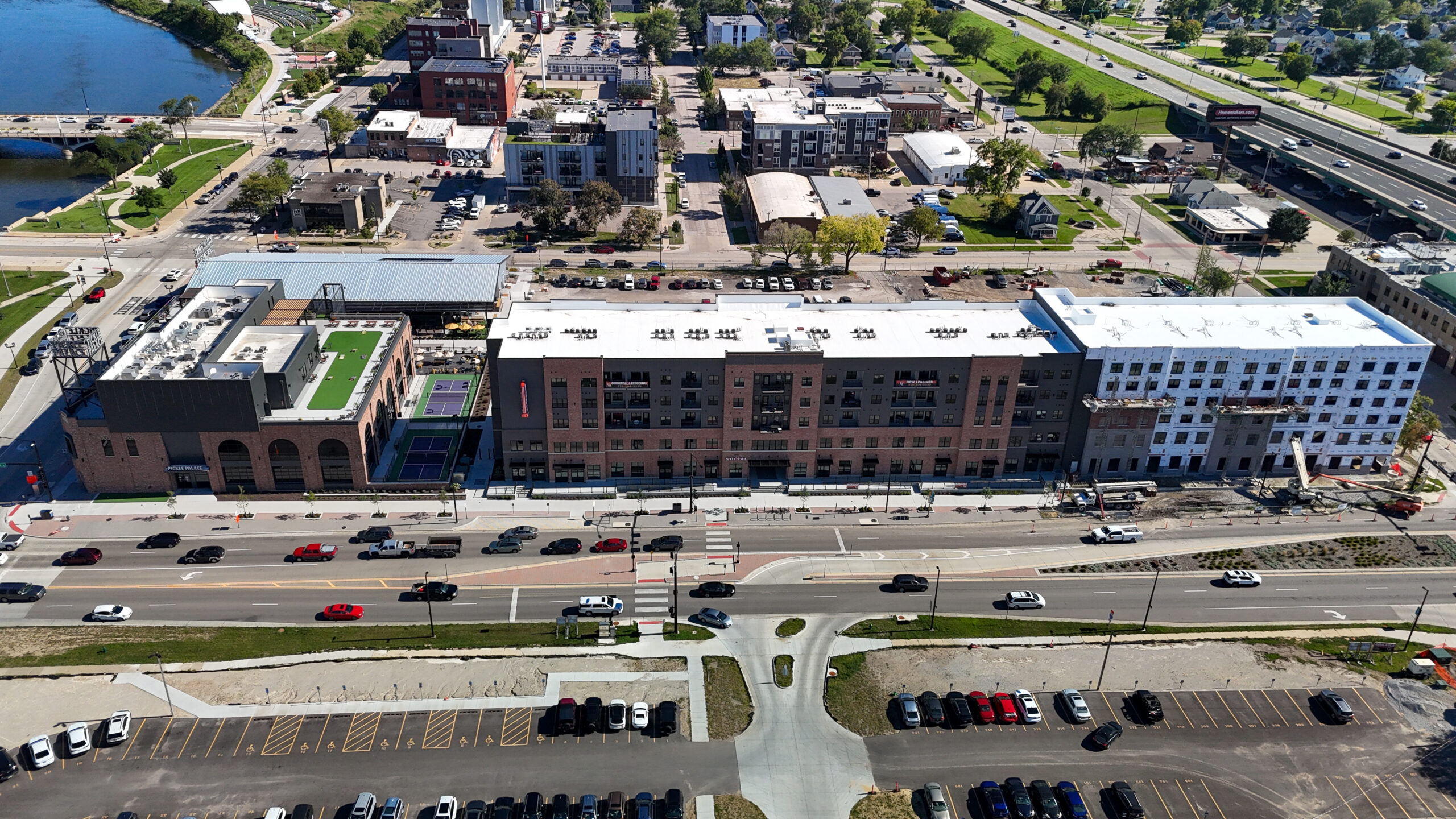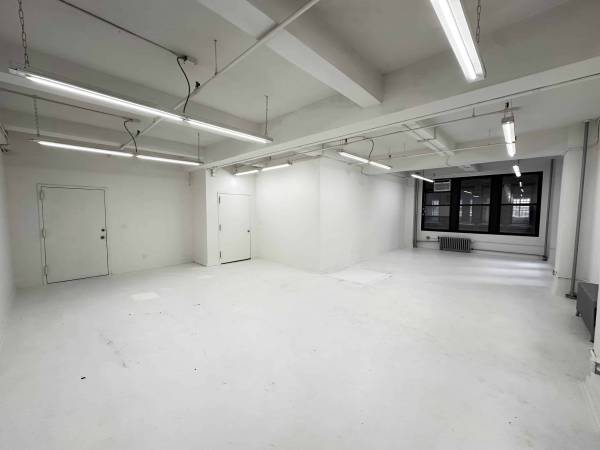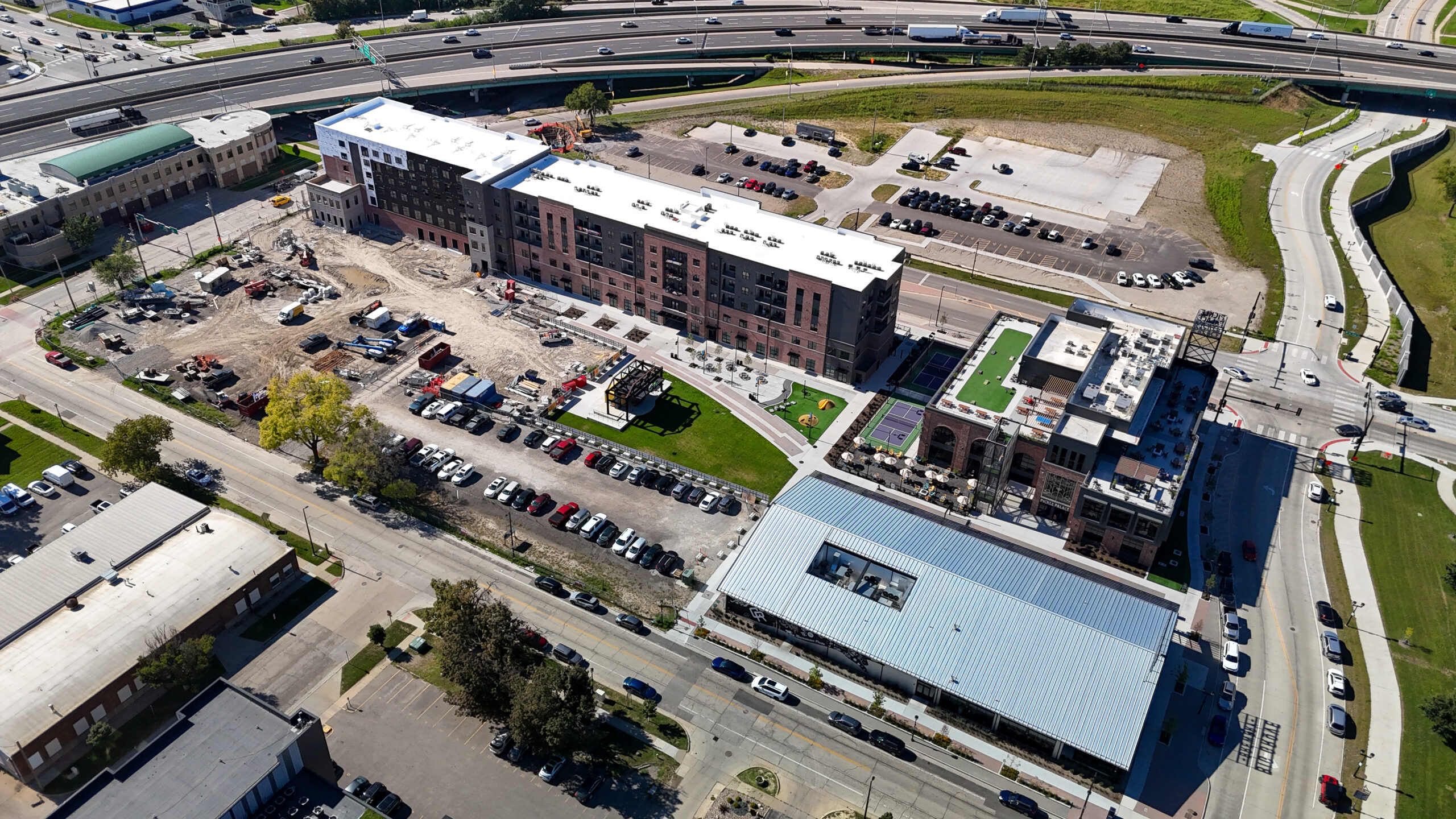10 Things to Consider Before Buying Land for Commercial Real Estate
Purchasing land instead of leasing a floor or a building certainly has its advantages. A brand-new building on your site will be customized to your needs, and if you opt to stay in an existing building on the property instead, you’ll have many more options for how to make the building work for you. Do your due diligence before you buy by investigating these 10 considerations.
1) Location, location, location. The old adage is still used for a reason – location is the top hurdle to conquer for any business. Look for a lot that’s convenient for customers and easily commutable for employees, but also not too far from suppliers. If you do a lot of shipping or order a high volume of supplies, you might also prioritize a location that’s close to rail, highways and shipping lanes.
2) The condition of the property. What kind of shape is the property in? Look at general wear and tear on the building and any environmental issues that could crop up in the land itself – for example, if previous owners didn’t dispose of chemicals properly or otherwise tainted the site, you may be on the hook for expensive remediation. Likewise, you’ll want to know if the existing building contains asbestos or lead paint so that you don’t get stuck paying for abatement.
3) Market value. Many businesses buy property with the intent of selling it later, but end up getting stuck with it when the value doesn’t increase like they predicted it would. Avoid this pitfall entirely by having a market analysis done before you buy the land. That way, you know the market value of your property going in and can make decisions accordingly. You may not end up with the cheapest parcel of land this way, but accounting for the needs of future buyers can save you quite a bit of heartache later.
4) Grading. What kind of sloping or uneven ground does your potential property have? How much work will it need before it can host a building, a parking lot and any other amenities your site needs? Keep land work in mind as you compare sites – a slightly cheaper property could end up costing you more if it needs a lot of grading work.
5) Zoning. Know what kind of zoning your business needs and make sure your prospective location will allow you to do what you need to do on-site. An accounting firm needs commercial office space, while a manufacturer should look for an industrial space instead. Familiarize yourself with local zoning laws and see how they limit what can take place on the property.
6) Parking space. Inadequate parking space will drive customers away, so make sure you have plenty of space for both visitors and employees to park.
7) Neighbors. How could adjacent properties affect the value of yours? Nearby road and infrastructure construction could help traffic to your site in the long term but hurt it in the short term. A business that depends on customers visiting, like a restaurant or retail development, would want to avoid moving in near a factory that emits bothersome odors even if the right zoning is available and the space is affordable. However, good neighbors with loyal customers can help drive business to your door as well by attracting people who may also be interested in what you’re offering.
8) Accessibility. You’re setting yourself up for a lawsuit if your property isn’t compliant with the Americans with Disabilities Act from day one, so pay attention to ADA requirements throughout the process. It may pay to hire an ADA consultant to supervise design and construction so you can be sure you’re meeting every mandate, from the turning radius in restrooms to the width of walkways.
9) Future expansion. Can the property still accommodate you if your business grows? How much growth can it handle before you’ll have to move? Conversely, if your business doesn’t grow, is the property structured in a way that allows you to rent out your surplus space?
10) Extra fees. Insurance rates can vary depending on a number of site-specific factors, such as a close proximity to water, location in a floodplain or a high-wind zone, or a considerable distance from a water source or pressurized hydrant in case of fire. Secondary costs like this can add quite a bit of cost onto a lot that initially looked less expensive than more centrally located properties.

